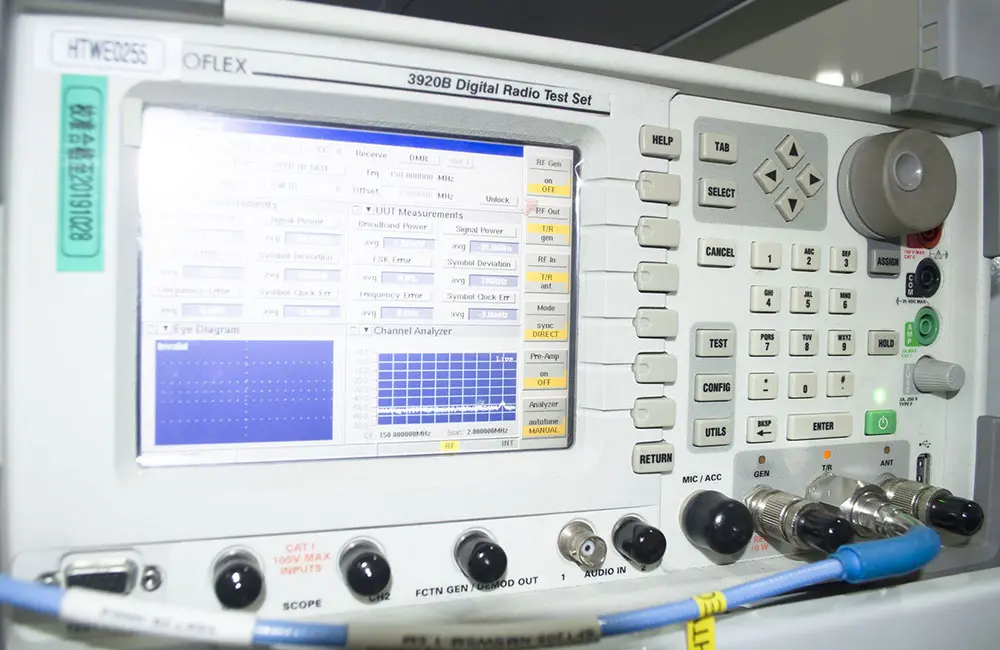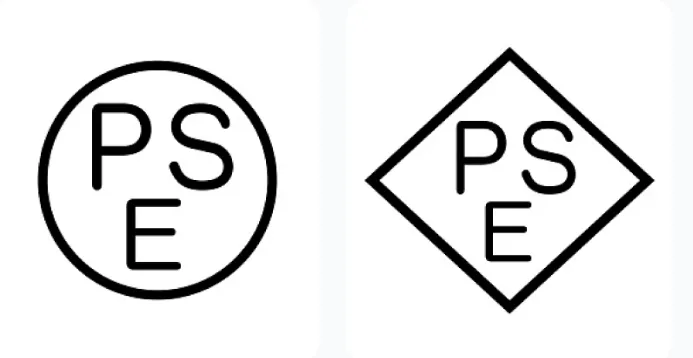
What is CE-Battery Compliance?
What is CE-Battery Certification?
CE-Battery certification is a mandatory conformity assessment process for battery products entering the European Union (EU) market. It is part of the EU's new battery regULation, EU 2023/1542.
This certification ensures that battery products meet specific safety, environmental, and performance standards, enabling their legal distribution within the EU market.

Which Products Are Regulated?
Applicable Batteries:
All types of batteries, including lithium, nickel, lead-acid, and button cells, whether standalone or integrated into products.
What Are the Testing Requirements for CE-Battery?
Testing Requirements:
In accordance with EU 2023/1542, battery samples are tested for the content of lead (Pb), cadmium (Cd), and mercury (Hg). The test results must meet the limits set by the regulation:
- Mercury (Hg): ≤ 0.0005% (applies to all batteries, whether standalone or in devices or vehicles).
- Cadmium (Cd): ≤ 0.002% (for portable batteries, whether integrated into devices, vehicles, or standalone).
- Lead (Pb):
1. ≤ 0.01% for portable batteries, whether combined with devices or not, effective August 18, 2024.
2. The restriction does not apply to portable zinc-air button batteries until August 18, 2028.
What Are the Steps to Obtain CE-Battery Certification?
1. Complete an Application Form: Provide relevant product details.
2. Submit Samples: Provide battery samples as per testing requirements.
3. Sample Testing: Testing bodies perform tests on samples based on EU 2023/1542 regulations.
4. Review and Report Submission: Once testing is passed, review the test report and upload it to the relevant platform for final approval.
CE-Battery Enforcement Timeline on TEMU Platform
Merchants should note the enforcement dates for CE-Battery compliance:
- From December 8: Pure battery products without CE-Battery certification will be removed from the platform.
- From December 17: Products containing batteries without CE-Battery certification will also be removed.
Merchants are advised to complete the certification process promptly to ensure compliance with EU regulations.
Why Might CE-Battery Certification Be Rejected?
- Missing "CE" logo in the battery product image. Ensure the logo is visible and resubmit.
- The submitted test report does not meet EU battery regulation requirements for hazardous substances (mercury, cadmium, lead). Submit a complete and compliant report.
Common Issues with CE Logo:
1. For Products with Built-in Batteries:
a. Images must clearly show the entire product and the built-in battery, ensuring the battery is identifiable as part of the product.
b. The battery itself must display complete label information, including the CE certification logo, material, model, Ah, V, Wh, etc. Sticker labeling is not acceptable.
olution: Ensure both the product and battery are clearly depicted with appropriate labeling.
2. For Whole Product Submissions:
Images need only show the complete product and its label information (e.g., product name, model, manufacturer, product description, CE mark).
Testing Requirements:
- Mercury (Hg): ≤ 0.0005%
- Cadmium (Cd): ≤ 0.002%
- Lead (Pb): ≤ 0.01%
Email:hello@jjrlab.com
Write your message here and send it to us
 What is Amazon TIC and How Can Sellers Achieve Com
What is Amazon TIC and How Can Sellers Achieve Com
 2026 Battery UN38.3 Certification (Test Report) &a
2026 Battery UN38.3 Certification (Test Report) &a
 What is the IEC 62680 Standard? Compliance Interpr
What is the IEC 62680 Standard? Compliance Interpr
 Amazon Japan December Compliance Requirements
Amazon Japan December Compliance Requirements
 How to Check a CPSC-Accepted Laboratory?
How to Check a CPSC-Accepted Laboratory?
 WEEE Registration for Waste Electrical &Electr
WEEE Registration for Waste Electrical &Electr
 MSDS Chemical Safety Testing
MSDS Chemical Safety Testing
 What Are the Differences Between UK REACH and EU R
What Are the Differences Between UK REACH and EU R
Leave us a message
24-hour online customer service at any time to respond, so that you worry!




